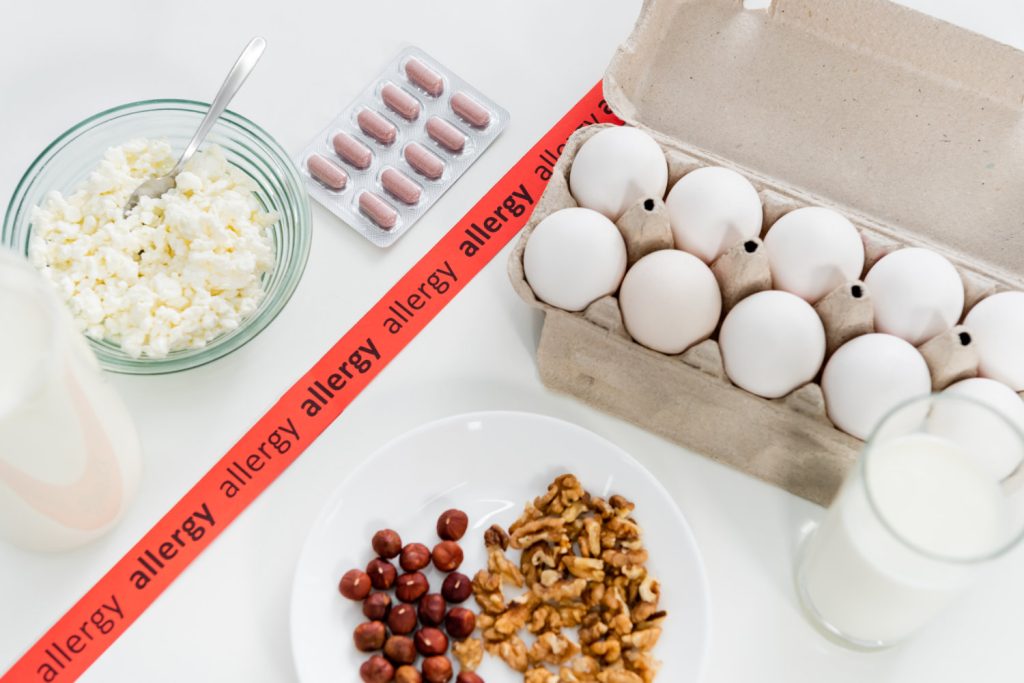The Fast Facts on Sudden Infant Death Syndrome
Sudden infant death syndrome (SIDS) occurs in approximately 2,500 infants each year in the United States and is the third leading cause of infant mortality. In the following article, we’ve listed what you need to know about SIDS.
If you or someone you know has experienced a loss due to SIDS, you can reach out to First Candle for a 24-hour grief line, online support groups, and reliable information on SIDS and bereavement.
First Candle Website: https://firstcandle.org/
First Candle 24-hour Grief Line: 800-221-7437
What is Sudden Infant Death Syndrome (SIDS)?
Sudden infant death syndrome is the unexpected death of a seemingly healthy newborn under the age of one year, generally while sleeping. Because infants frequently die in their cribs, it is also known as crib death.
What Causes SIDS?
The exact cause is unknown. Researchers have found a few factors that may put babies at extra risk.

Physical Factors:
- Brain Defects
In many infants with brain defects, the part of the brain responsible for arousal from sleep and controlling breathing hasn’t grown enough to work properly. - Low Birth Weight
Premature birth or being a twin, triplet, etc. increases the likelihood that a baby’s brain hasn’t matured completely. This can affect how much control they have over automatic processes, like breathing and heart rate. - Respiratory Infection
Many infants who died of SIDS recently had a cold, which could contribute to breathing problems.
Sleep Environment Factors:
- An infant sleeping on the stomach or side may have more difficulty breathing.
- Sleeping on a soft surface, such as a waterbed or soft mattress, can block an infant’s airway.
- Sharing a bed with a sibling, pet, or parent.
- Being too warm while sleeping.
What Are the Risk Factors of SIDS?
While none of these cause sudden infant death syndrome on their own, the following factors could increase a baby’s risk of SIDS.
- Being born biologically male
- Being between 2 and 4 months old
- Being born nonwhite
- Having a family history of SIDS
- Inhaling secondhand smoke
- Being born prematurely
Other risk factors that happen during pregnancy include:
- The mother being younger than 20
- Exposure to cigarettes, drugs, or alcohol in the womb
- Inadequate prenatal care
How Can I Prevent SIDS?
 It’s important to note that there is no guaranteed way to prevent SIDS, but you can help your baby sleep more safely by following these tips:
It’s important to note that there is no guaranteed way to prevent SIDS, but you can help your baby sleep more safely by following these tips:
- Place your baby to sleep on their back rather than their stomach or side
- Keep the crib as bare as possible
- Use a firm mattress on the crib
- Do not overheat your baby
- If you’re worried about keeping your baby warm, try a sleep sack or other sleep clothing that won’t require additional covers and don’t cover your baby’s head.
- Have your baby sleep in your room, but in their own crib
- Breast-feed your baby, if possible
- Offer a pacifier
- Immunize your baby
If you or someone you know has been affected by SIDS, don’t hesitate to reach out to First Candle for resources on coping with grief.




